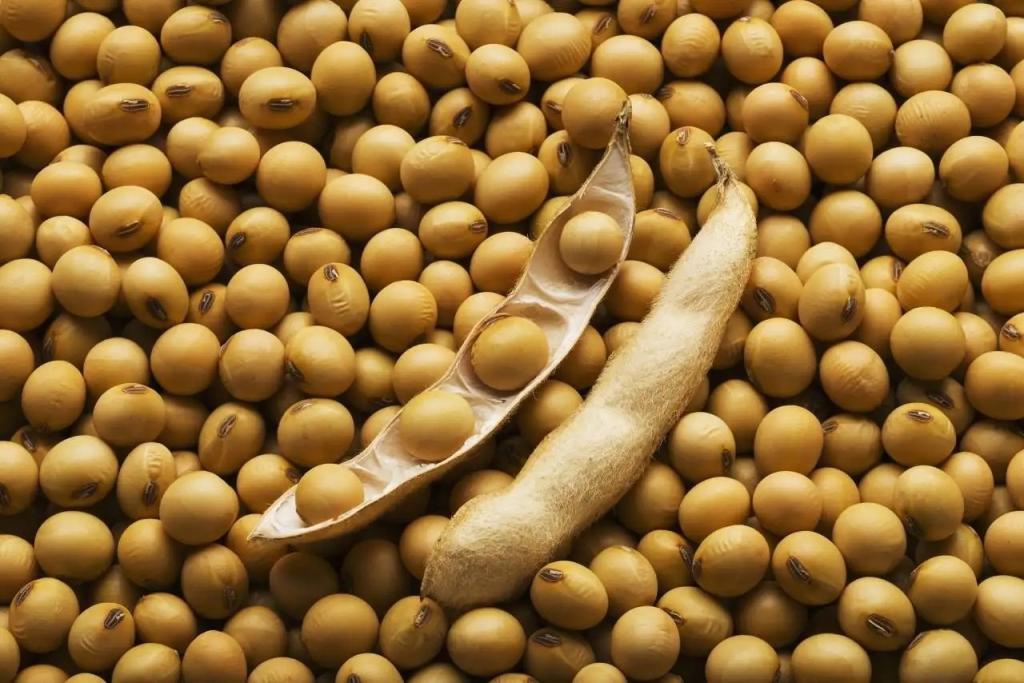Highly-purified Soybean Phospholipid
Time:2024-05-21
The extraction of soy phospholipid primarily involves the following processes:
Organic Solvent Method: This is a commonly used method, where phospholipids are extracted from soybean powder to obtain a phospholipid-containing mixture. During this process, it is essential to control the solvent amount, time, and temperature to ensure the composition and quality of the phospholipids.
Ultrasonic Extraction Method: This method uses ultrasonic oscillation to separate soy phospholipid. Soy phospholipid powder is mixed with water, and under ultrasonic oscillation conditions, after a certain period, a centrifuge is used to separate the soy phospholipid. This method is fast and efficient, but the quality of the extracted soy phospholipid may be unstable, depending on the frequency and amplitude of the ultrasound.
Microwave-Assisted Extraction Method: This method uses microwave irradiation to quickly extract soy phospholipid. Soy phospholipid powder is mixed with water, heated to a certain temperature, and then subjected to microwave irradiation to rapidly separate the phospholipid.
Traditional Batch Vacuum Dehydration in Ball Tanks and Continuous Vertical Thin-Film Evaporation Process: These processes are mainly used for phospholipid concentration. Hydrated oil sludge is dehydrated and dried to produce phospholipid. In these processes, it is necessary to control the vacuum pressure and temperature to prevent the oil sludge from staying in the evaporator for too long, thus achieving the required moisture content for concentrated phospholipid.
These are the main processes for extracting soy phospholipid. Each method has its characteristics and applicable range, and the choice of which process to use depends on production needs and conditions.


 CN
CN





